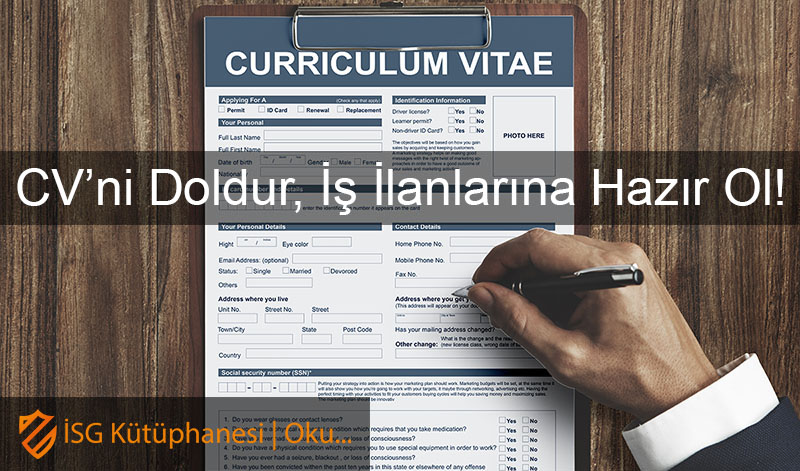Fault Tree Analysis (FTA) Örnek (İngilizce)
regulative implementations. Several methods have been developed to assess risks of industrial accidents.
Hazard and operability study (HAZOP), fault tree analysis (FTA), event tree analysis (ETA), control lists and hazard index are examples. One of the well-known regulatory documents designed to ensure that risks are assessed and minimized to the extent practical for this industry is the Seveso Directive. After the accident in 1976, EU directives were adopted and revised in the years 1982, 1996 and 2003.
In this study, “Accidental risk assessment methodology for industries (ARAMIS)” has been applied together with HAZOP on an atmospheric distillation column and column inlet-outlet lines which are located in the atmospheric distillation unit of TUPRAS Kırıkkale petroleum refinery. During the study, two sub-methods of ARAMIS were performed. One was the identification of major accident hazards (MIMAH), and the other was the identification of reference accident scenarios (MIRAS). MIMAH consists of FTA, ETA and Bow-Tie steps. These steps were used to define critical events and dangerous phenomena which may impact safety equipment. Following MIMAH, MIRAS was used to define the frequency of the critical events that may occur. To provide the continuity of the method, barriers were defined and the performance and reliability of the barriers were evaluated. The resulting accident Frequencies and the class of the consequences of the dangerous phenomenon were determined. Finally, reference accident scenarios (RAS) were evaluated by mapping results onto the risk matrix. HAZOPs were applied to strengthen the root causes of the fault tree analysis after the MIMAH step.
This study constitutes as a reference risk assessment study for the atmospheric distillation column. It underlines the main risks, and identifies hazard sources and the barriers to minimize the risks.
